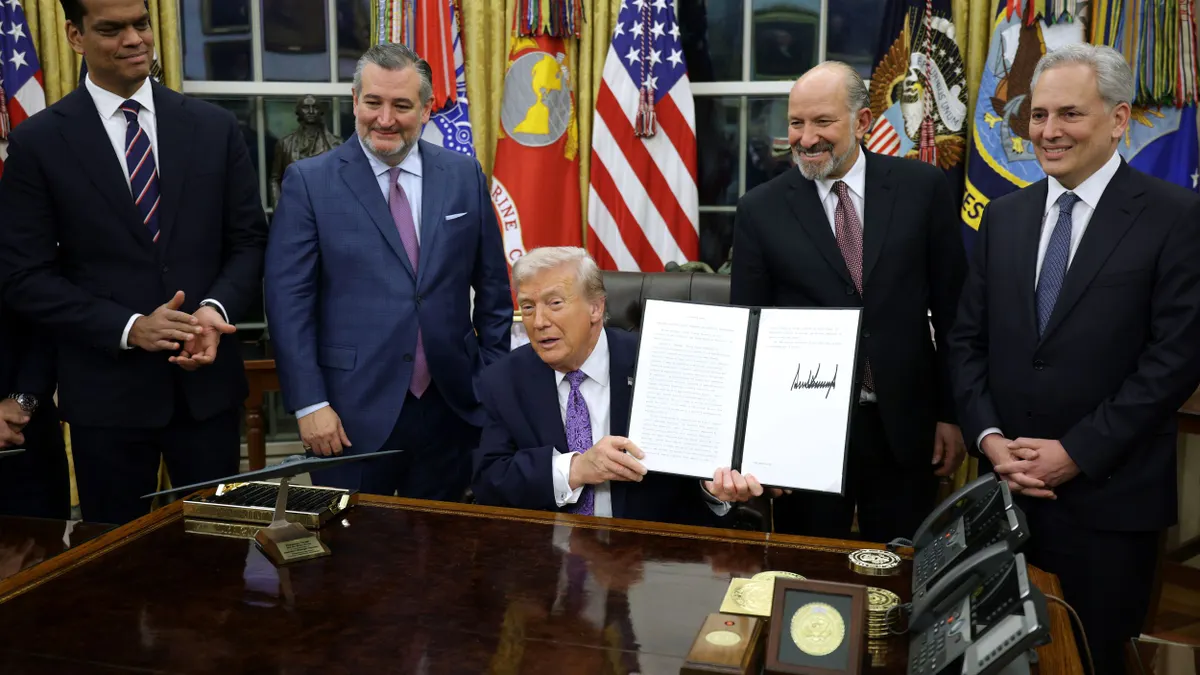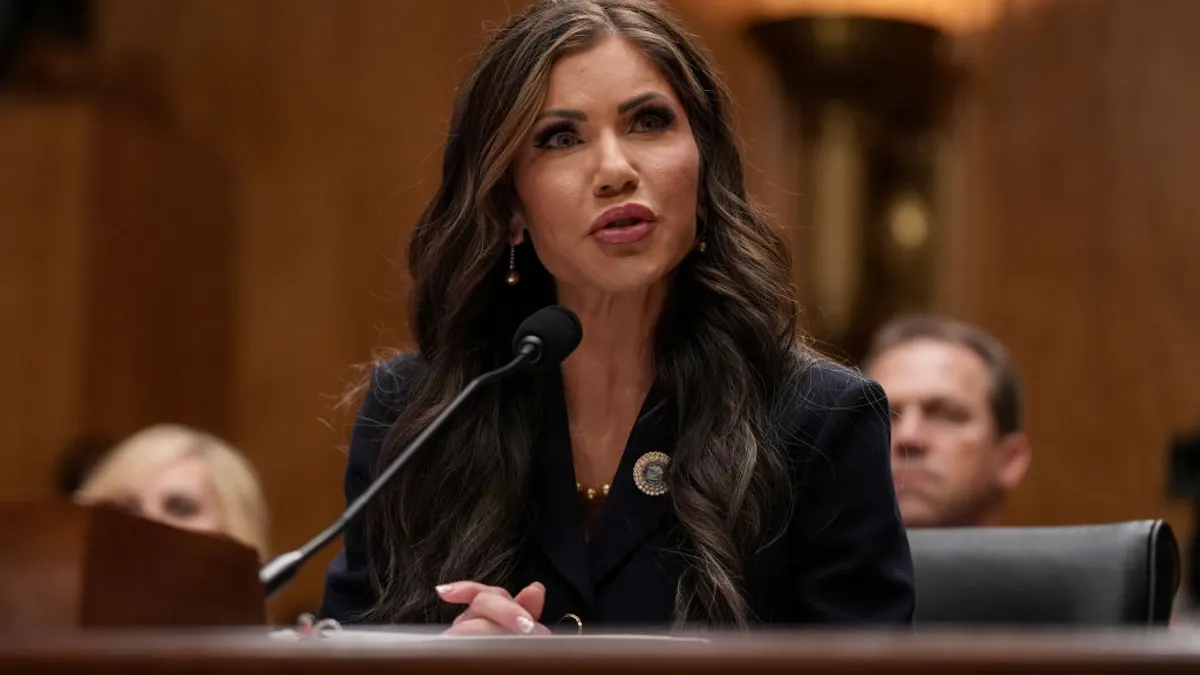Today, more American assets are in retirement plans than ever. With $26.1 trillion invested at the end of Q1 2017, up over 3% from Q4 2016, retirement funds now account for 34% of all financial assets in the U.S., according to the Investment Company Institute. And the current workforce has an array of retirement choices. Here’s the breakdown as of March 31, 2017, compared to Dec. 31, 2016:
- IRAs: $8.2 trillion (up 4.1%)
- Defined contribution (DC) plans: $7.3 trillion (up 3.7%)
- Government defined benefit (DB) plans: $5.5 trillion (up 2.15%)
- Private-sector DB plans: $3 trillion
- Annuity reserves: $2.1 trillion
So how did we reach the present status of retirement planning? Tom Conlon, business success executive at Betterment for Business, believes it’s important for employers to be able to answer that question.
A brief history lesson
The story, Conlon said, follows a familiar arc: Employers who wanted to attract and retain newer, highly skilled workers offered seasoned employees a salary to leave the workforce in the form of pensions. To assure pension benefits were being paid, The Employee Retirement Income Security Act of 1974 (ERISA) was enacted.
“A few generations ago very few people lived long enough to retire; retirement is a relatively new trend,” Conlon said. “Employers who provided pensions were now faced with two significant risks: first, if they didn’t invest wisely or if market conditions affected investments, they would be liable for any shortfall in the fund. Second, longevity began to affect their ability to pay benefits — pensioners were simply living longer than employers had budgeted.”
From there, employers began to shift responsibility to employees, giving rise to the 401(k) plan.
“Employees were now charged with determining how much they wanted to contribute to the fund and where their assets would be allocated with regard to risk,” Conlon added, “shifting the responsibility away from the employer.”
The current landscape
According to the American Benefits Council, U.S. Department of Labor data shows over 625,000 defined contribution plans in the U.S. and more than half a million 401k-type plans. With over 94 million participants, the average contribution at the end of 2016 was 8.4% of an employee’s salary, its highest level since 2008.
Participation is rising in previously hard-to-reach sectors; young employees, lower-earning workers and new hires are seeing an increase, as well. Millennial participation is up 10%, and lower-earner participation is up 12%, according to Wells Fargo, with an average 401k balance of $93,015. Wells Fargo also reports an increase in employees maximizing their contribution to take advantage of employer matching funds. That’s the case for 54% of millennials, 63% of Generation X and 70% of boomers.
Roth 401k use is also increasing. Roth participants contribute after-tax dollars but are allowed to withdraw at retirement tax-free. Millennials are the highest purchasers, with a 16% participation rate, compared to 11% of Generation X, and 7% of boomers, Wells Fargo says.
Catherine Collinson, President of the Transamerica Center for Retirement Studies (TCRS), cited results from the nonprofit’s All About Retirement: An Employer Survey, which showed 52% of 401k plan sponsor a Roth 401k, including 49% of small employers with 5 to 99 employees, 60% of medium-sized employers with 100 to 499 employees and 59% of large employers with 500 or more employees.
Collinson said, “Looking back to 2006, the Pension Protection Act paved the way for widespread adoption of plan features such as the Roth 401(k) option and automatic enrollment."
The Pension Protection Act also made permanent important retirement savings incentives, Collinson added, including the Saver’s Credit for eligible tax filers and Catch-Up Contributions for workers age 50 and older.
“Although this hardly seems like front page news, these incentives help millions of Americans save for retirement. It would have been very disappointing if they had vanished seven years ago,” Collinson said.
Conflict of Interest Rule
The U.S. Department of Labor's fiduciary rule took partial effect in June — though the implementation of the remainder of the rule was delayed until 2019. The Obama administration intended for the law to protect investors by assuring that financial professionals who provide guidance on retirement plans are acting in the best interests of their clients. Commonly called the "Conflict of Interest Rule," it imposes a fiduciary designation on brokers and retirement plan sponsors. In 2015, the Obama administration’s White House Council of Economic Advisers (CEA) reported advice from brokers who may have a conflict of interest cost investors $17 billion annually.
“What employees want is unconflicted financial advice — how much and where to save to accomplish their goals — moving away from a dollar amount to planning your retirement goals and how to achieve them.”
Tom Conlon
Business Success Executive, Betterment for Business
The rule expands the “investment advice fiduciary” definition under ERISA. Until now, only Registered Investment Advisors (RIAs) were held to a fiduciary standard: others were held to a “suitability” standard which required the seller assured the investment was suitable for the client’s risk tolerance. Now additional considerations must be addressed: whether fees are reasonable, if the investment is diversified and more. All fees and commissions must be disclosed in dollar amounts clearly to clients.
Conlon believes the law is good for employees. “What employees want is unconflicted financial advice — how much and where to save to accomplish their goals — moving away from a dollar amount to planning your retirement goals and how to achieve them,” he said. The rule assures advisors keep an employee’s best interest at the forefront of any advice they offer.
Non-retiree impact
Employees who choose not to retire, either due to lack of desire or financial considerations are impacting employers as well. “In some industry sectors where a long, tenured experienced work force is critical to an employer’s success, the overall additional cost of benefits, wages and effect on HR represent an absorbed cost that makes sense," said Bob Melia, executive director of the Institutional Retirement Income Council
But there's another side, Melia said: for the majority of employers, the importance of retirement readiness and financial wellness of a workforce is critical to the success of the business. "For example, the cost of healthcare, as well as life and disability insurance between younger and older employees, can be substantial," he added. "We are also all well aware of wage creep that occurs over a worker’s career where workers in their sixties can have wages that can be double the salaries of their younger counterparts that perform similar duties."
What's more, employing non-productive, financially stressed older employees who stay in the workforce beyond the wishes of employers and employees can be costly, Melia said, as 29% reported missing work to deal with the emotional stress caused by their finances.
"There are other cost implications of older workers not retiring including turnover of younger workers if their opportunities to advance are limited due to 'retiring in place' by older workers," Melia added.
Financial literacy
The key is promoting financial literacy for employees. “Many workers find the concept of retirement investing difficult to understand — because it is difficult to understand. Since the early days of 401(k)s, dating back to the 1980s, the retirement industry responded to this issue and has made tremendous progress in innovating investment solutions to bring professional investment expertise to the end participant," Collinson said.
"Professionally managed services such as managed accounts and asset allocation suites, including target date and target risk funds, have become staple investment options in 401(k) or similar plans," Collinson added. "Such offerings enable plan participants to invest in professionally managed services or funds that are essentially tailored to his/her goals, years to retirement, and/or risk tolerance profile, and can help participants with asset allocation without their having to become investment experts themselves.”
For Conlon, “It’s important to develop plans that are one piece of overall financial wellness. We leverage technology to advise employees: helping them pick the right benefits based on information they provide, and honing advice as the foresee milestones: purchasing a home, sending kids to college, and ultimately retiring. The more information they provide, the better we can tailor plans to reach their financial goals."
Melia adds, “Employers need to promote retirement readiness and enable their workers to retire on time with security and dignity. A movement to support secured retirement income and draw down strategies directly from the 401(k) plan should be one of the next areas of innovation and development in defined contribution industry.




















